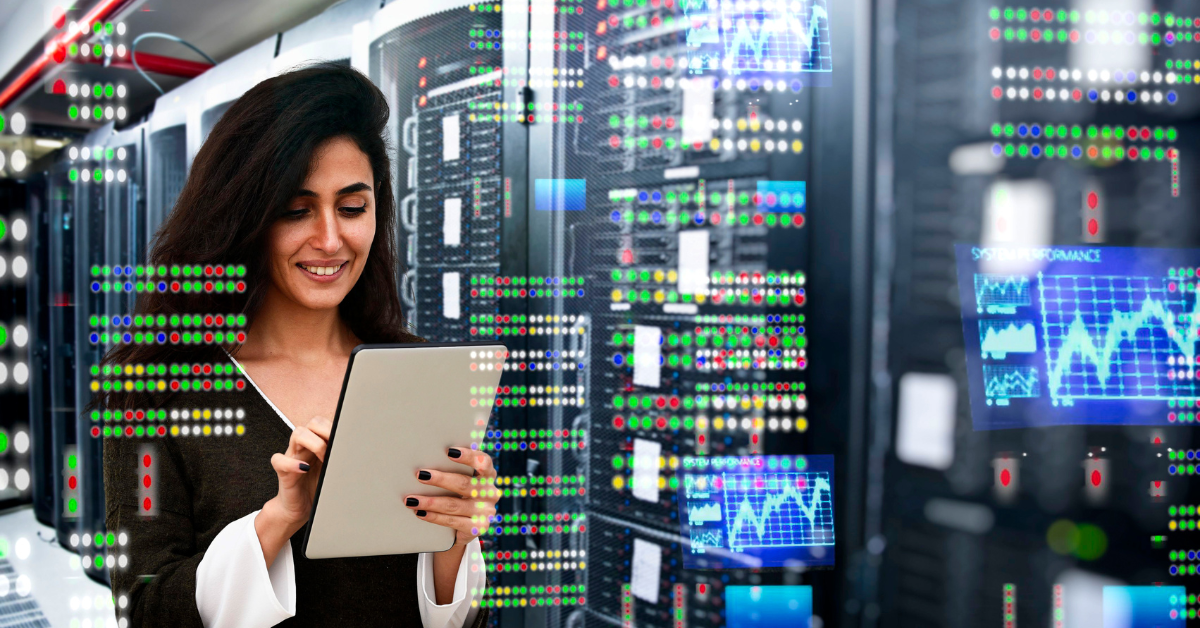The tech world has changed drastically in the past few years, and the data center industry has followed suit. Remote work has exploded in popularity, driving innovative solutions for data center functionality and design. And while many businesses are returning to the office, the last couple of years have showcased how much we rely on data centers to keep all the plates spinning.
But what does today’s environment spell for the future growth of data center operations? Here are the top five emerging data center trends you’ll pay attention to.
1. Edge Computing
As the number of connected devices to a data center grows, centralized data processing becomes increasingly suboptimal. The new solution is edge computing – a data center architecture that uses devices on the network’s edge to resolve requests and actions.
These centers placed in calculated spots on the edge of a network can reduce latency and improve performance. Edge computing guarantees a smoother user experience with fewer service interruptions. It isn’t necessarily the most profound change to data centers, but it’s certainly an inventive strategy allowing them to evolve and meet demands.
2. Hybrid Cloud
Hybrid cloud deployments offer the perfect mixture of the two leading cloud options. Companies can reap the benefits of public clouds, which have superior computing powers while enjoying the ramped-up security of a private cloud.
A business with a hybrid cloud deployment can better manage its resources in ways that suit them best. The added flexibility allows you to move critical information to more secure servers and data that requires more processing power to public servers. And because of the rise in the importance of business analytics, data centers are fulfilling needs by offering these hybrid deployments.
3. Artificial Intelligence (AI)
AI has made enormous strides in efficiency over the past few years. Data centers have seen an immense boost in optimization because of these developments. AI can use predictive analytics to detect issues and immediately take steps to address them.
AI can also help facility managers ascertain problems with data center components so they can fix them before they worsen. All of this AI innovation translates to a much more cost-effective data center. Google’s investment in AI programs controlling its cooling infrastructure saved nearly 40% of its data center’s cooling costs. And if you can be sure of one thing, saving money will always be on trend.
4. Scalability
Today’s data center experiences a vast fluctuation in power demands. But with recent investments in scalable technology, data centers can now scale their processing powers up and down as needed.
Hyper-scaled data centers, as they’re called, are an excellent way to handle seasonal computing demands. Scalability also helps centers allocate energy and resources more fluidly, making hyper-scalable technology an increasingly popular choice for facility managers.
5. Security
As technology continues to flourish, so does the means to harness and even weaponize it. Security has always been crucial to data centers, but the emphasis on its importance has never been more noticeable.
Data center breaches are becoming a regular occurrence. But luckily, new solutions have been developed, such as chip-level security, that can help protect vital and confidential information from falling into the traps of today’s increasingly motivated and learned hackers.
Every year, the tech world seems to enter a new era, continually building better and faster infrastructures. In 2022, data centers have had their work cut out for them. But these five trends are a testament to the tenacity of tech and the power it has to keep things moving forward.
